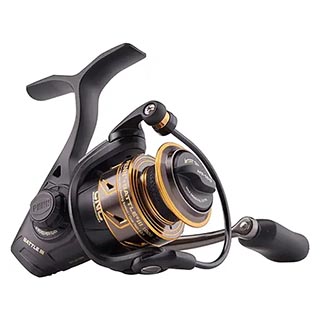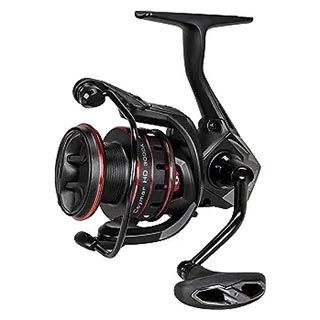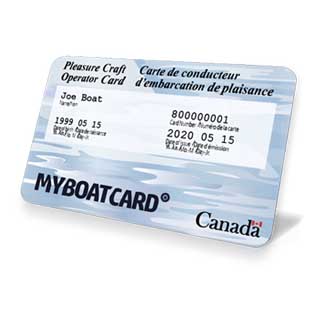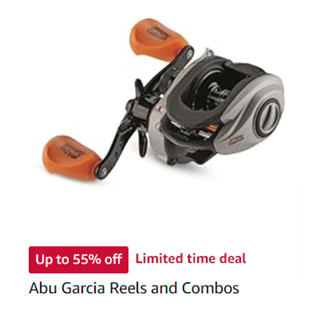Not Just Fishing's Fish Finders
Fishing Articles and Information

Catching Muskies - All About Muskellunges
By Alyssa Bentley
Quick Facts:
- Muskies can live to be 30 years old
- Maximum length of a Muskie: 6 feet
- Maximum Weight of a Muskie: around 70 lbs
- Trophy Length: over 4 feet
- Trophy Weight: over 40 lbs
- Mature females tend to be bigger than males, but mature and grow at a slower rate.
Muskies are a non-schooling predatory fish, who generally tend to stay out of eyesight of each other.
They usually lurk near drop-offs from rock or sand bars in the middle of lakes, along weed beds or other vegetation, and in shady waters close to shores that are fringed with overhanging trees. They prefer larger lakes with deep and shallow basins and large beds of aquatic plants.
They have a typical ambush predator design, elongated body, flat head, and caudal fins placed far back on the body.
The stealthy muskie hunts by waiting motionless. When a fish swims by (any fish, including other muskies) they strike, impaling the prey on their large canine teeth, rotating it, and swallowing it headfirst.
Strangely, the size of the fish a muskie eats appears to be related to the ultimate size it can attain. As the fish grows larger, the size of its prey naturally varies more.
Even if plenty of small fish are available, a muskie may not be able to grow large without large fish to eat. Muskrats, ducks, shrews, mice, and frogs also appear in the stomachs of muskies from time to time.
A Varied Diet:
Muskellunges are known to have a varied diet. They will eat other muskies and any fish they see, as well as ducklings, smaller muskrats, shrews, mice, and frogs, and the largest Muskies are known to eat whole adult ducks.
There is one report of a Wisconsin man in 1999 who was dangling his feet in the water (not fishing), when a medium sized muskie lunged and attempted to swallow his toe! He ended up pulling the muskie out of the water and extracting it from his foot. The foot required 66 stitches and he was eventually allowed
to keep the fish, despite the non-legal size and non-legal method of fishing.
It is not recommended to use your toes as bait.
Other Facts about Muskellunges
Muskies and Pikes (Northerns) look very similar. The foolproof way to tell a muskie from a northern is to count the pores on the underside of the jaw: A muskie has six or more. A northern has five or fewer.
The tiger muskellunge (E. masquinongy x lucius or E. lucius x masquinongy) is a hybrid of the muskie and northern pike. Male hybrids are almost invariably sterile although females are sometimes fertile. Some hybrids are artificially produced and planted for anglers to catch.
Tiger muskies tend to be smaller than non-hybrid muskies but grow faster. The body is often quite silvery and largely or
entirely without spots but with indistinct longitudinal bands.
Though interbreeding with other pike species can complicate the classification of some individuals, zoologists usually recognize from zero to three subspecies of muskellunge.
- The Great Lakes (spotted) muskellunge (Esox masquinongy masquinongy) is the most common variety in the Great Lakes basin and surrounding area. The spots on the body form oblique rows.
- The Chautauqua muskellunge (E. m. ohioensis) is known from the Ohio River system, Chautauqua Lake, Lake Ontario, and the St. Lawrence River.
- The clear or barred muskellunge (E. m. immaculatus) is most common in the inland lakes of Wisconsin, Minnesota, northwestern Ontario and southeastern Manitoba.
Catching the Muskie:
If you want to catch a muskie, you'll need a heavy bait-casting rod, substantial level-wind reel, 20-35 pound test line, a variety of artificial lures or live bait, and a lot of patience. Allow at least 20 minutes in each location before moving on-the large fish usually aren't very active.
It takes the average angler 20-80 hours to catch a legal musky!
Muskies are generally not food fish. As predator fish, if the food fish in their region have small amounts of toxic substances in their systems, they will gather in much greater quantities in the muskellunges who feed on them. Before eating a muskellunge, pay attention to the fishing advisories of the lake or the state that you are fishing in.
Threats to the Muskie:
The health and success of the muskellunge relies heavily on the health and availability of aquatic plants in their environment. Minnesota anglers are beginning to notice that some of their favorite "weed bed" seem to be disappearing, thus reducing the spawning sites and hunting grounds of the muskies they like to catch. Measures are being proposed, including greatly reducing the number of docks allowed on a lake shore, thus reducing the human footprint on the lakes.
The Muskie and the Northern Pike are both considered sport and trophy fish in Minnesota, and are thusly valuable to the sport fishing community and the tourism economy, but over-fishing does hurt the population of this solitary fish.
So fish carefully, and practice catch-and-release fishing with this fish in order to preserve its continued abundance in all the great lakes.
Fishing Article Of Interest: Muskie Fishing Tips - Jigging Fall Muskies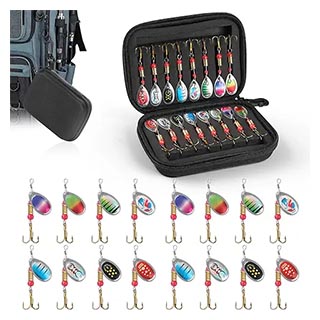
The spinner baits are made of high-quality material, sturdy fishing spinners and artificial colors, greatly attract the fishes in the lake sea and ponds.
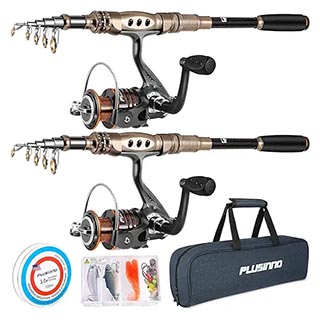
PLUSINNO Fishing Rod and Reel Combos Carbon Fiber Telescopic Fishing Pole
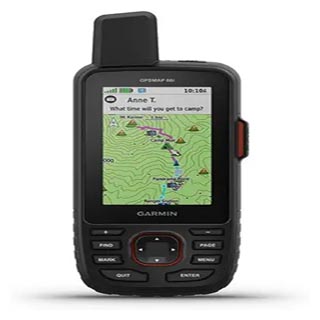
Garmin GPSMAP 66i, GPS Handheld and Satellite Communicator
